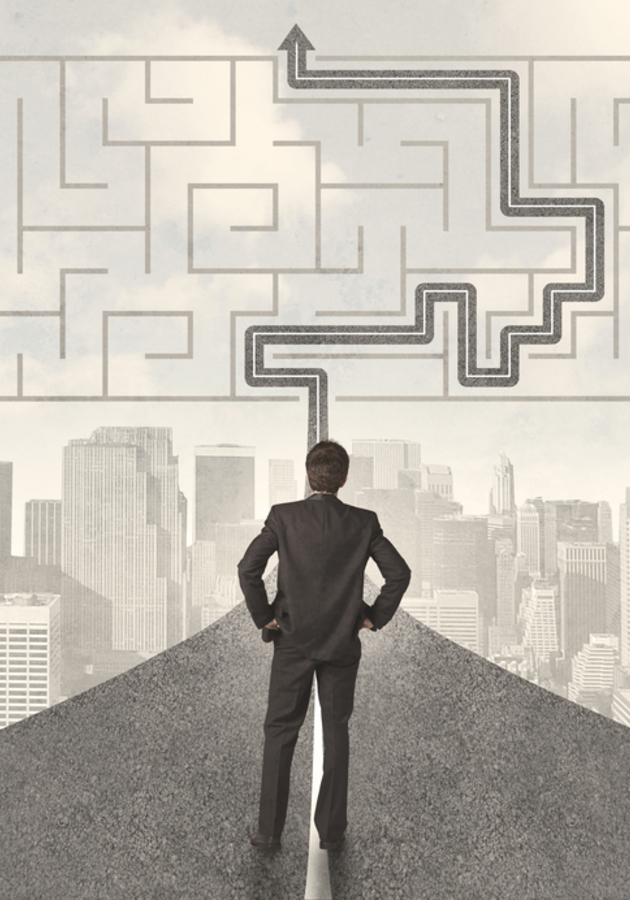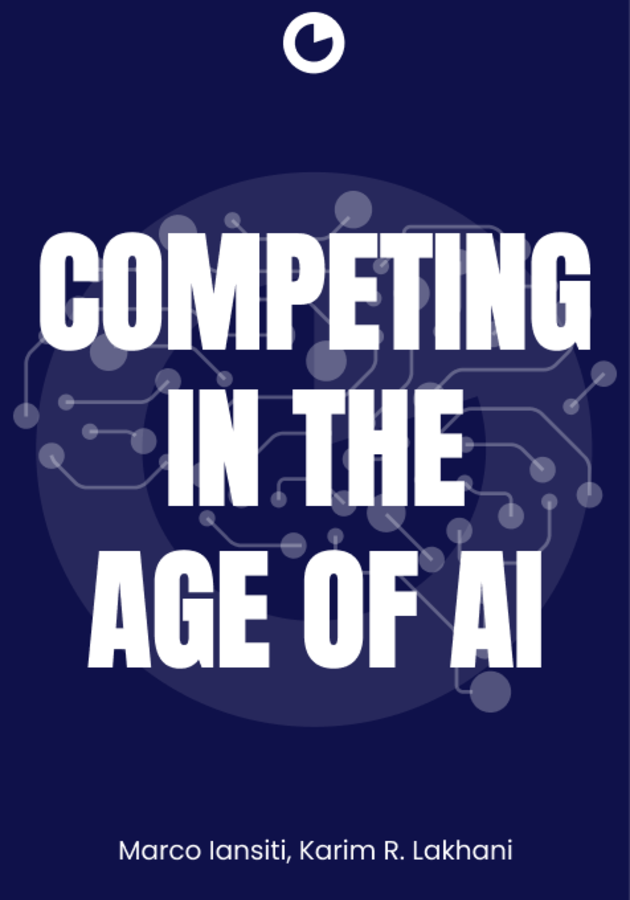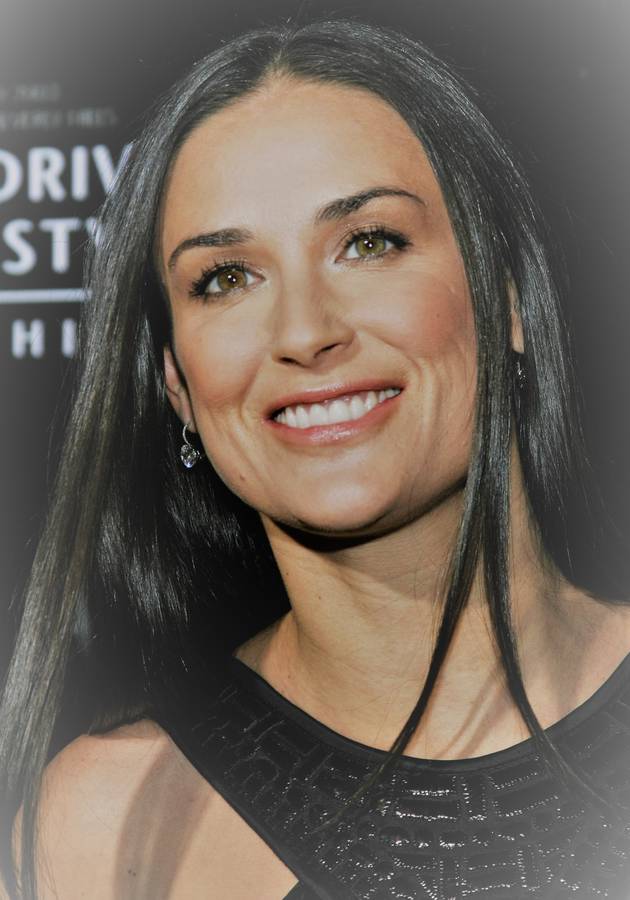Sam Harris is a respected American neuroscientist, but he is probably much better known to the general YouTube-loving public as one of the four leaders of the New Atheism movement. At first glance, “Waking Up” is merely his hundredth attempt to separate spirituality from religion – but this one is such a meandering attempt that it leaves one wondering whether Harris has changed his mind about certain topics regarding religion or has become even more convinced in his previously held convictions.
To his credit, Harris is aware of the unruliness of the book and describes it as “by turns a seeker’s memoir, an introduction to the brain, a manual of contemplative instruction, and a philosophical unraveling of what most people consider to be the center of their inner lives: the feeling of self we call ‘I.’”
That’s too much for a humble resume to cover, but – as always – we’ll do our best to serve you the best bits! So, get ready to learn why you are not the person you think you are – and why realizing this is the first step toward attaining happiness!
Transcendental experiences and religion
Some years ago, Harris spent an afternoon on the northwestern shore of the Sea of Galilee, atop the very mountain where Jesus is believed to have preached his most famous sermon. “As I gazed at the surrounding hills,” Harris remembers, “a feeling of peace came over me. It soon grew to a blissful stillness that silenced my thoughts. In an instant, the sense of being a separate self – an ‘I’ or a ‘me’ – vanished. Everything was as it had been – the cloudless sky, the brown hills sloping to an inland sea, the pilgrims clutching their bottles of water – but I no longer felt separate from the scene, peering out at the world from behind my eyes. Only the world remained.”
Now – as he analyzes himself – if Harris were Christian, he would have probably interpreted the event in Christian terms and would have left the place believing to have been touched by the Holy Spirit. If he were a Hindu, he might have taken the experience to be another demonstration of the eternal truth that Atman is Brahman, and Brahman “Atman” – that is, that all “individual souls” are part of the “cosmic soul” and vice versa. Finally, if he were Buddhist, he might have recalled the incident in some discussion about the “dharmakaya of emptiness,” in which all apparent things manifest as in a dream.
But, as he says, Harris is simply “someone who is making his best effort to be a rational human being.” Consequently, he is “very slow to draw metaphysical conclusions from experiences of this sort.” And yet, he is pretty certain that his experience at the shore of the Sea of Galilee is not an accident or an isolated incident but a glimpse into something he refers to as “the intrinsic selflessness of consciousness.”
His goal, throughout the book, seems to be to demonstrate to his readers that stimulating these glimpses and making them more permanent is the true purpose of spirituality. Moreover, Harris insists that this process isn’t necessarily related to religion or faith, but to the depth of our out-of-the-self experiences and our understanding of how the brain inadvertently tricks us into feeling unhappy.
The true nature of spirituality
The true nature of spirituality is precisely what most of us think spirituality isn’t – an empirical matter. The problem is that we often confuse faith with the practical ways in which different cultures demonstrate it and, subsequently, mistake our transcendental experiences as products of our beliefs rather than our actions.
For example, hundreds of studies indicate that the act of praying itself can be spiritually beneficial. Yet we tend to attribute the benefits of our prayers to the religious convictions that might have inspired them. Similarly, being an indiscernible part of a whole that shares a common mission – as, say, during an Easter Catholic mass – can be a spiritually profound experience. Catholicism can’t, however, be the sole reason, because as many sports fans would tell you, one can live through similar transcendental experiences in a stadium – during a clutch shot or a championship-winning, last-gasp Hail Mary pass.
Moreover, it is self-evident that no religion has monopoly on spiritual experiences. For example, if Christians were right, then no Muslim should be able to experience “the presence of God” in their heart – because their beliefs would be fundamentally wrong. However, many Muslims do have spiritual experiences, just as Buddhists, Hindus, and atheists. Sometimes even while visiting each other’s temples. If faith laid at the foundation of these transcendental feelings, then spiritual experiences in the temples of other religions would be impossible.
In Harris’ opinion, our misunderstanding of what spirituality truly is boils down to two issues. The first is linguistic. Namely, the word “spirituality” is today loaded with meanings related to “immaterial souls, supernatural beings, ghosts, and so forth,” even though its original sense is much more straightforward. It comes from the Latin “spiritus” which is a translation of the Greek “pneuma,” meaning “breath.”
This brings us to the second problem. For most Eastern religions, spirituality has forever been an empirical practice and is still related more to breathing exercises than to faith. Unlike Jesus or Mohammed, Buddha never made any claims to divinity. Quite the opposite – he insisted that he was merely an awakened man and that everyone could be like him. Even today, becoming like him doesn’t require faith, but willingness to follow a set of instructions that stimulate non-ordinary states of consciousness. Yes, we’re talking about mindfulness and meditation.
The mystery of consciousness
But why do these instructions work? Why doing some seemingly simple things like closing our eyes and focusing on our breath can stimulate non-ordinary states of consciousness? To answer this question, we must first understand what consciousness is.
Unfortunately, nothing is more difficult than that. At least in scientific terms, consciousness is notoriously problematic to define, let alone dissect. The only thing we know with some degree of certainty is that it has something to do with the way our brain works. But therein lies the rub: our brain works in quite mysterious ways!
First of all, ever since the 1950s, it’s difficult to think of the brain as a single unit: it is not only split into two hemispheres, but they display “a high degree of functional specialization [and] an altogether astonishing functional independence, including separate memories, learning processes, behavioral intentions, and – it seems all but certain – centers of conscious experience.” Yes, that’s right: the left and right hemispheres of your brain aren’t just specialized in doing different things, but they are also independently conscious of the world.
We know this because if the corpus callosum – the part connecting the two hemispheres – is surgically removed or severed to some degree in an individual, the hemispheres start acting independently, as if each one is a brain on its own. For example, when asked what he wanted to become when he grew up, one patient without a corpus callosum replied, “a draftsman.” But that was merely the left hemisphere speaking. The right – which is not specialized for language – simultaneously used letter cards to spell out “racing driver.”
In an even more interesting case, one split-brain patient pulled his pants up with one hand, and down with the other, because while one side of the brain wanted to get dressed, the other did not. Do you still think that you are a single unified “self”?
The real power of mindfulness and meditation
According to Harris, the conventional sense of self is an illusion, and spirituality consists in realizing this. “There is no discrete self or ego living like a Minotaur in the labyrinth of the brain,” he writes. “And the feeling that there is – the sense of being perched somewhere behind your eyes, looking out at a world that is separate from yourself – can be altered or entirely extinguished.”
Put simply: spirituality means transcending your inner “I” and becoming able to experience consciousness without the obstacle of the conventional self. To understand what this means better, imagine a mirror. Now, picture your reflections in it: first an angry one, then a sad one, and finally a happy one. All of these – just like the feelings they are embodiments of – are impermanent; the mirror, however, remains constant. The reflections represent your selves; the mirror is the irreducible consciousness – your ability to experience them, the very state of being.
Ridding yourself off the illusion that the reflections are “you” while becoming aware of the mirror lies at the bottom of all spiritual experiences. This, in Harris’ opinion, is the true goal of practices such as mindfulness and meditation. They are merely a timeproof set of instructions that can help a person lose their sense of being a separate self, and guide them to experiencing a kind of boundless, open awareness.
“Feeling at one with the cosmos” is just Eastern parlance for the neurologically sound option of doing away with the self to come into contact with pure consciousness. “Whatever causes the brain to produce the false notion that there is a thinker living somewhere inside the head,” Harris remarks, “it makes sense that it could stop doing this. And once it does, our inner lives become more faithful to the facts.”
Drugs and gurus
As already implied, meditation and mindfulness are not the only two things that can modify your perception of reality and yourself. Other things might help you achieve this even faster, such as drugs.
Harris knows this from experience: in 1987, his sense of the human mind’s potential shifted profoundly after taking an MDMA pill with a friend. He claims that he was suddenly struck with the realization that he boundlessly loved his friend and that he genuinely wanted him to be happy. Moreover, the feeling was shared by his friend: love, for the two, became a state of being and the sentence “I love you because…” stopped making sense.
The problem with drugs, however, is that there are bad trips as well. Harris has experienced them too. Besides, unlike meditation and mindfulness, some of them may cause addiction; others contain neurotoxins that can damage your brain.
On the other side, the only problem with meditation and mindfulness is finding a proper guru. Unfortunately, “the link between self-transcendence and moral behavior is not as straightforward as we might like. It would seem that people can have genuine spiritual insights, and a capacity to provoke those insights in others, while harboring serious moral flaws.” But all in all, it’s much easier to distinguish between a good and a bad teacher than between a good and a bad pill – and far less dangerous.
Final Notes
According to Holly Smith, “Waking Up” is “a memoir-cum-scientific-text-cum-hearty-endorsement-of-meditation”; it’s difficult to say whether this breadth makes Harris’ book more or less appealing.
It is, however, not an exaggeration to say that it is a demanding book and not a user-friendly how-to manual. But that’s a good thing. After all, if transcendental, spiritual experiences are what makes life worthwhile, it’d be too much to expect them to be easily attainable and describable, wouldn’t it?
12min Tip
Try to live in the now as much as you can. It may sound banal, but it’s everything you have – at every point in your life.





























